
The Pattern Project
In March of 2021, thirteen first-year Product Design students of the Beckmans College of Design in Stockholm were asked to create new patterns for either Flotex or Marmoleum. The project was initiated by Josefin Larsson, Forbo Flooring Systems' Marketing Manager for the Scandinavian market, and Peter Nylander, senior lecturer at the Product Design Department of the Beckmans College of Design in Stockholm. Read their interview in the second tab for more information on the initial project.
The results were beyond expectations, and we felt the need to honour this. As a next step, five winning concepts were selected to be executed into tangible and industrially produced products. In total eight patterns were chosen; three Marmoleum aqua-jet and five digitally printed Flotex patterns.
From concept to tangible product
The scaling up of a concept to a product is, as we say, 'the moment of truth' and it is important for a student to experience this entire process.
The original brief was to develop a series of patterns for Flotex and Marmoleum with our digital printing technique and aqua-jet technique as starting points.
While the Marmoleum aqua-jet patterns have a more eye-catching function and are perfect to create specific areas or to indicate zones, the Flotex prints are more suitable for application in larger areas.
Every technology has its own characteristics, possibilities and limitations and needs specific knowledge about, for example, options in repeat, scale and colour management. To make a suitable translation of the concept for the selected production process, a close collaboration of the students and the production sites was needed.
It was a great learning curve for the students to experience the challenges of a manufacturing process and to find out what kind of preparation is needed for the industrial reproduction of their patterns. They also gained experience on what it means to work with a commercial partner. The students proved to be very professional, and they succeeded to translate the selected concepts into beautiful and convincing production samples.
The Dynamics of a building
Part of the design brief was to incorporate our Dynamics of a Building story, a philosophy based on the emerging need to have different atmospheres within one building. Students were invited to develop designs that either created a family or showed a strong synergy while being combined.
With the final production samples, we organized a photoshoot to visualize this starting point. While being photographed in the context of an interior setting with real props and furniture, the scale, texture, and dimensions of the patterns became wonderfully readable. We were positively surprised to see how well the expression of the different designs in material, colour and pattern contributed to the creation of a specific atmosphere.

![Jenny Haynes [@pappersaxsten] | Photo: Lee James Thompson Jenny Haynes [@pappersaxsten] | Photo: Lee James Thompson](https://forbo.azureedge.net/forboimages/1065008/Jennys-Studio_162.webp)
Beyond expectations
The main goal of this collaboration is to inspire others with fresh and contemporary designs and photo-set images. By incorporating these designs in our Digital Library we can test each of them on their commercial value.
It’s even more reassuring if we get the request to translate one of these ideas into a real project. For example, the Pedestrian Crossing pattern was noticed on social media by Jenny Haynes, a British quilt designer. Together with the student, Annelie Wihlborg, she developed a floorplan with the original Marmoleum aqua-jet design as inspiration and installed this into her newly refurbished studio.
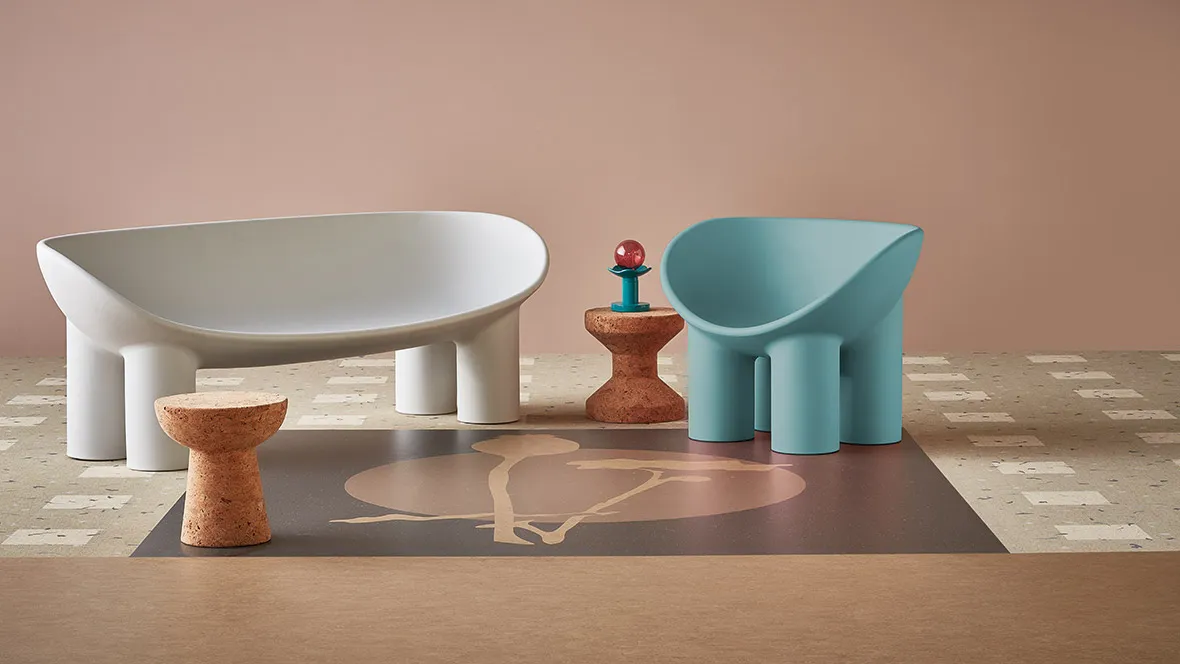
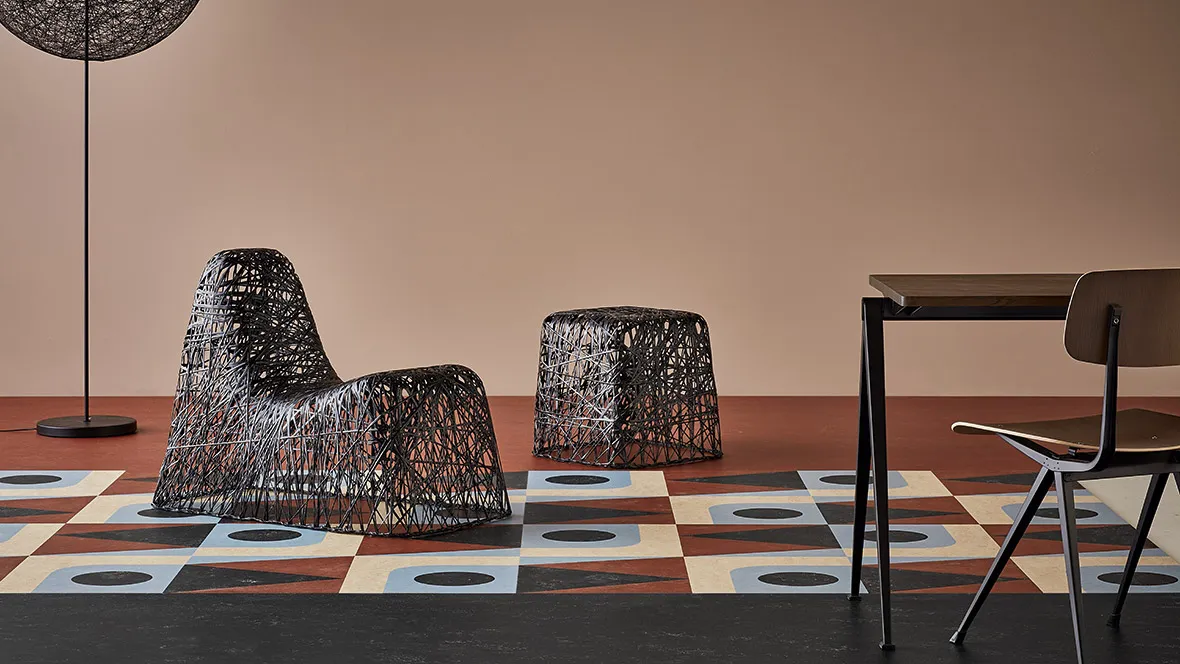
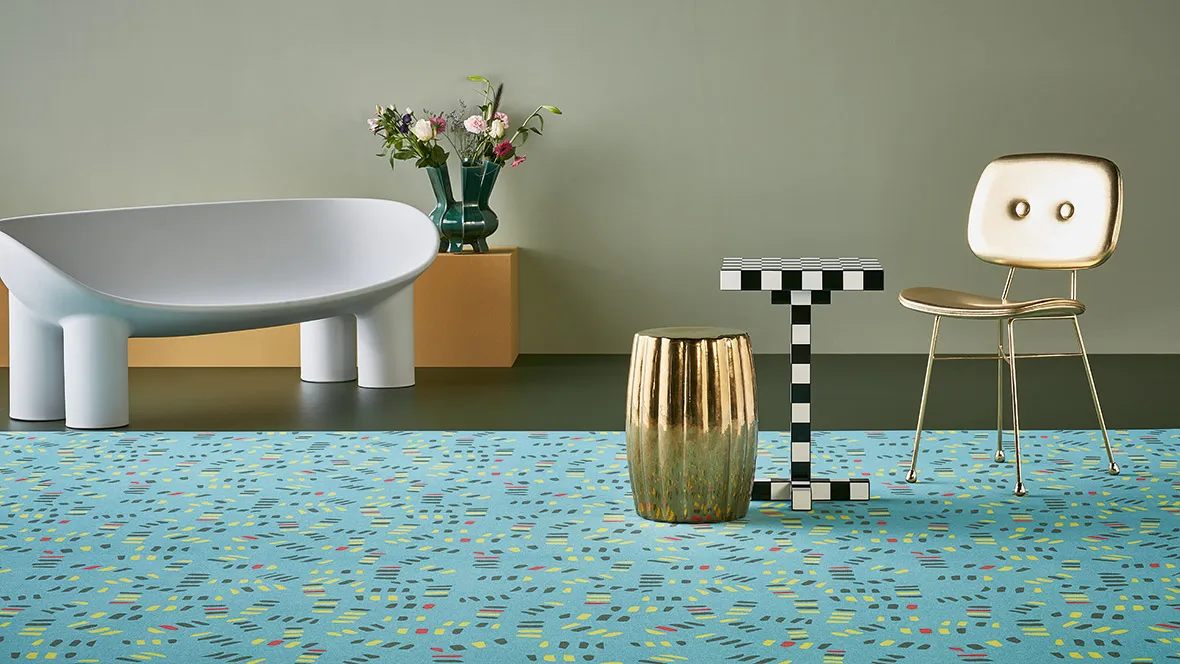
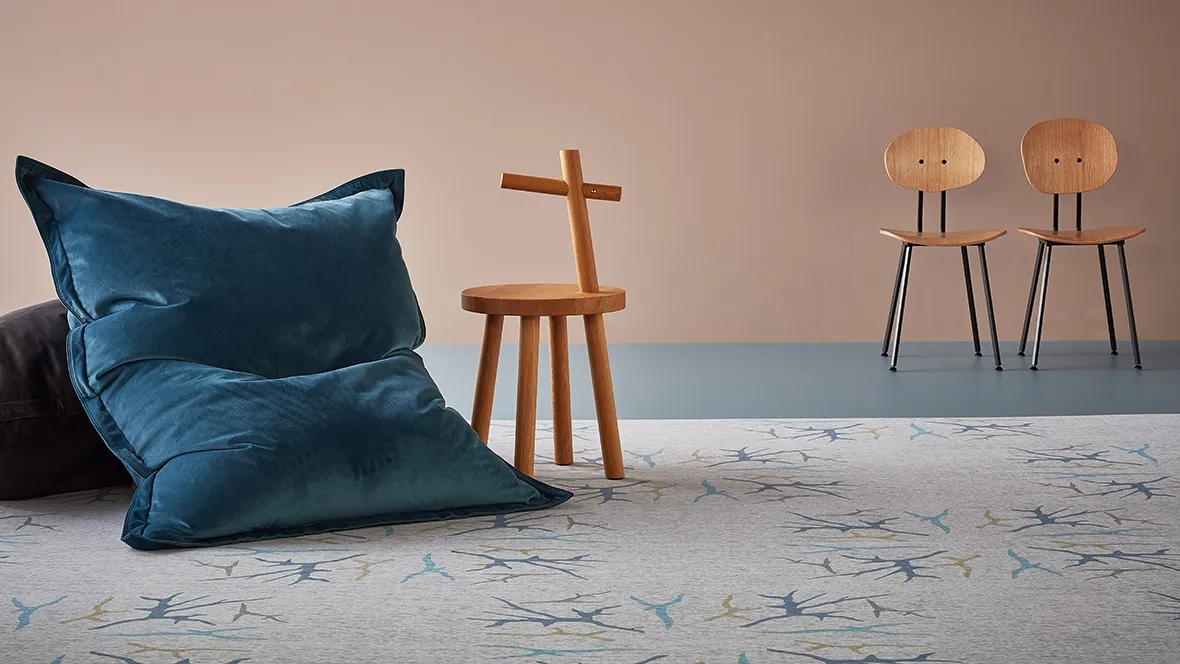
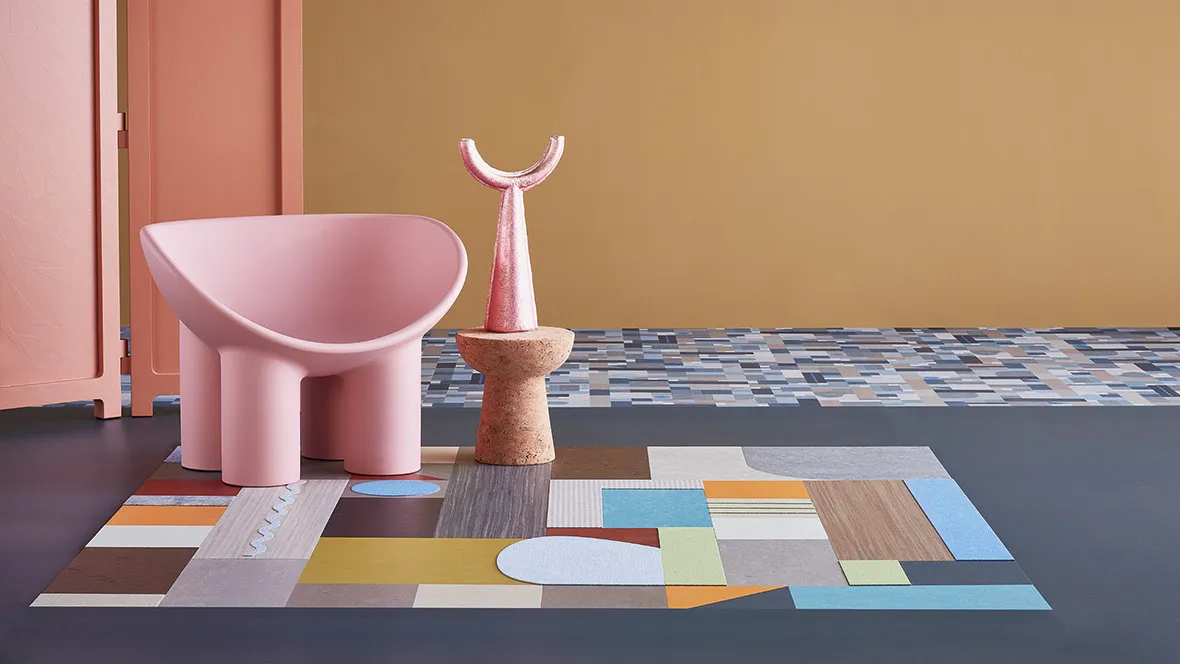
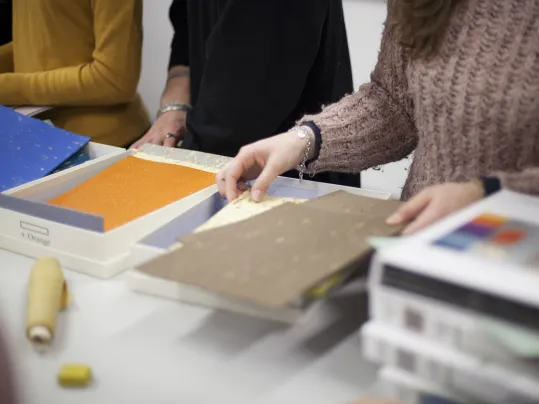
.webp)

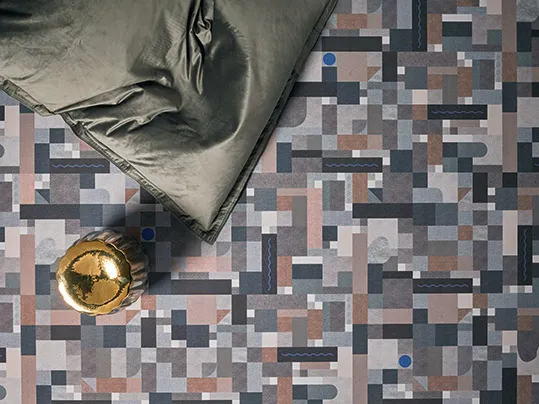
.webp)
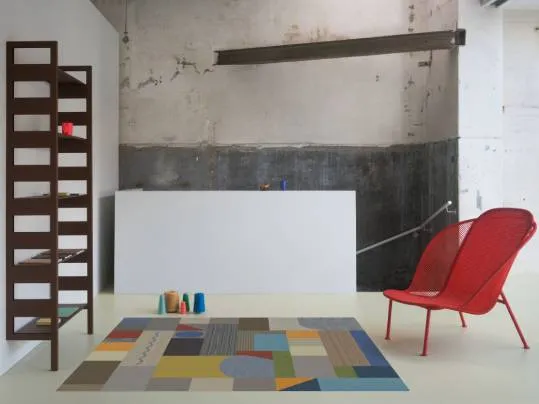
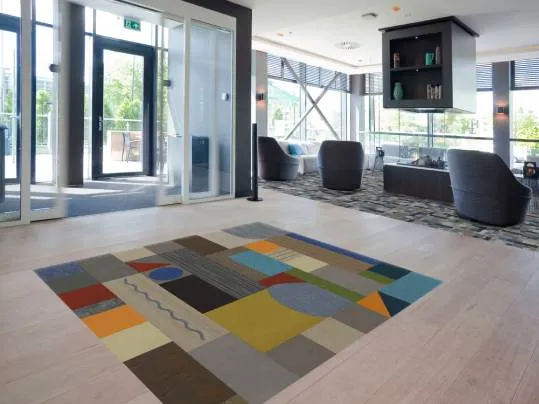
.webp)
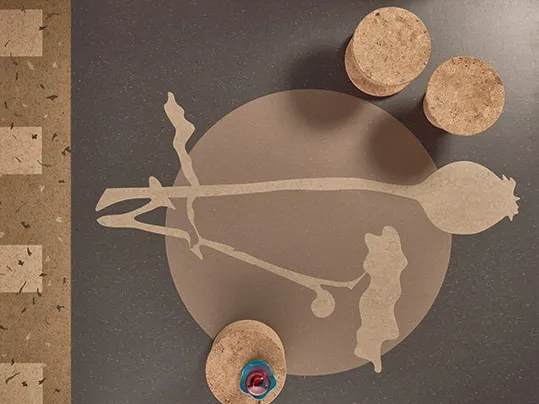
.webp)

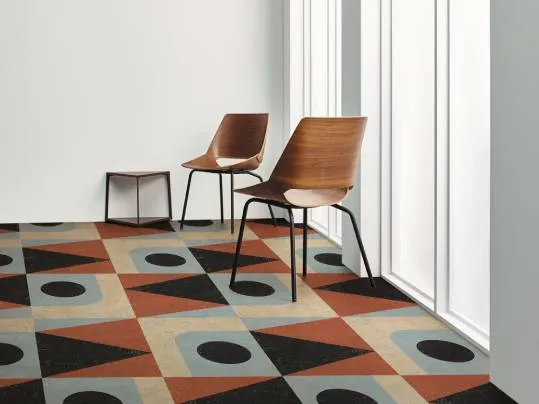
.webp)
.webp)
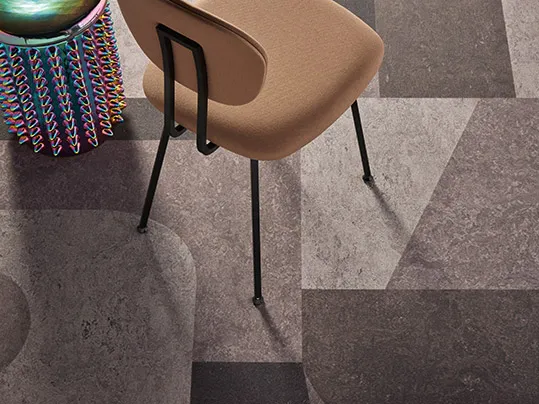
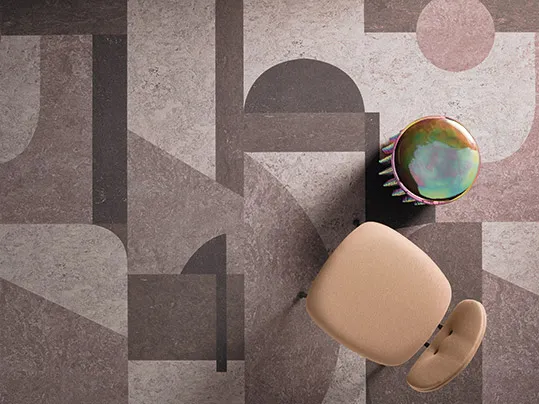


.webp)
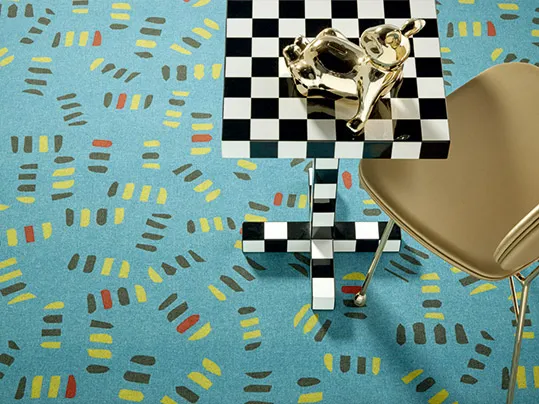
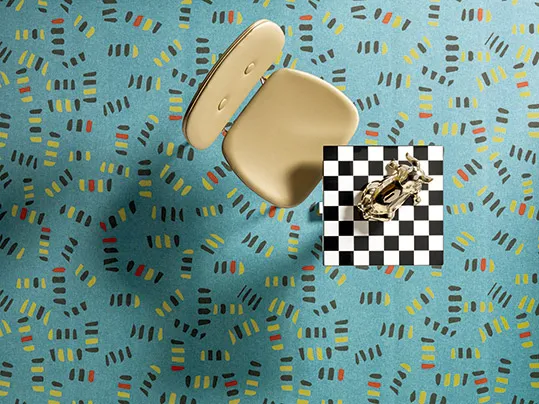
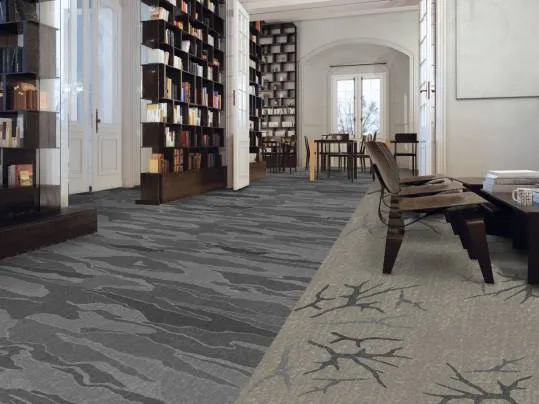
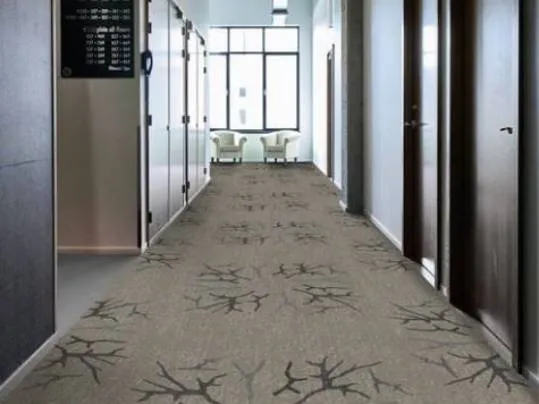
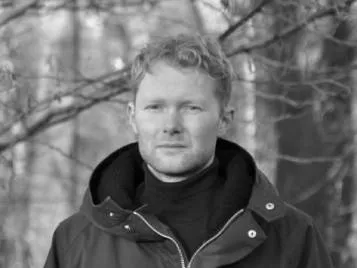
.webp)
